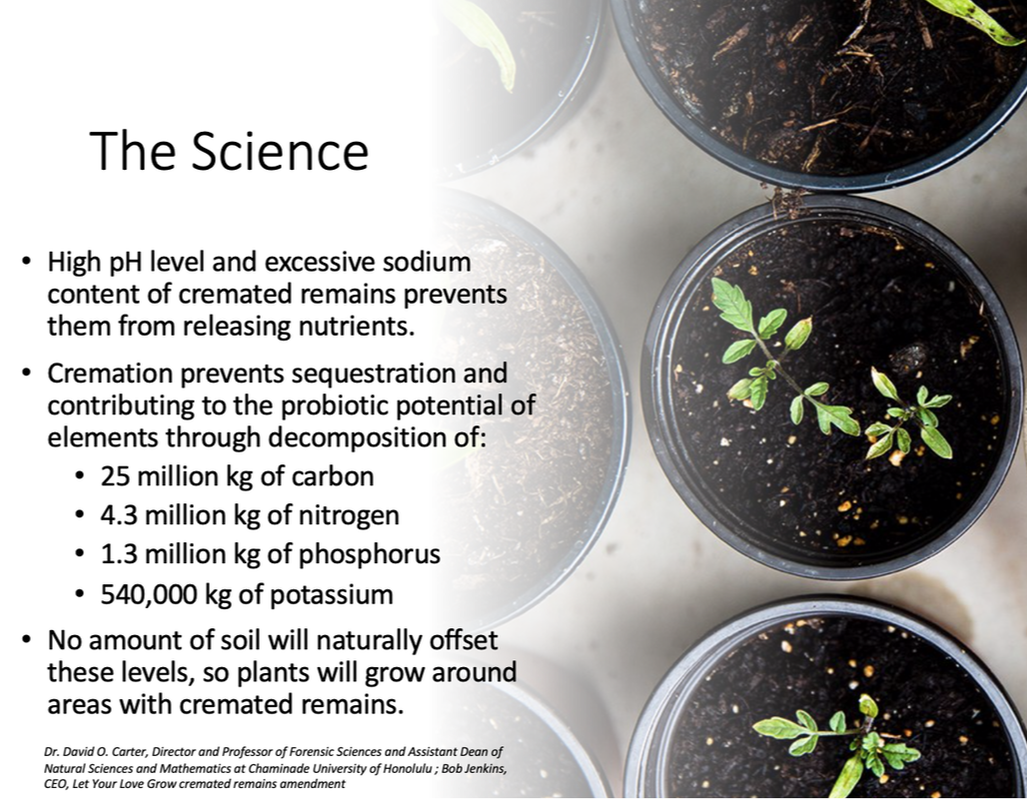How Conservation Cemeteries and Memorial Forests Differ
If you represent a land trust considering an easement that provides for burial or scattering of cremated remains, you may be surprised to learn that conservation burial has been happening in the US since 1998, and that there are more than a dozen cemeteries operating on protected land, with double that in the works. You may also be surprised to learn that those cemeteries have carefully incorporated burial of cremated remains for years. Recent attention has highlighted the practice of scattering burying cremated remains on land that is not protected as a cemetery but which promises to be conserving land. Before making any decisions, take a look at the list below and download a full explanation of how these two models are different. (See What Land Trusts Need to Know About Conservation Burial for questions to ask, and learn more about the cremation process below.)
|
Conservation cemeteries that bury cremated remains:
|
Memorial forests:
|
To download a full comparison chart with recommendations, go to
Differences Between Conservation Burial and Memorial Forests
Differences Between Conservation Burial and Memorial Forests
Questions to Ask Before Agreeing to Partner
Is your land trust considering holding an easement the will allow cremated remains scattering or burial? There is a lot to consider, including the difference between conservation burial and memorial forest scattering of cremated remains. Before making the leap, we recommend learning more about the environmental repercussions of the cremation process (below) and considering the potential issues related to scattering cremated remains on conservation land. Take a look at and download the FULL LIST of potential questions you will need answers to below. We are always open to suggestions and questions that help everyone make informed decisions.
|
Organization and Transparency
Terminology
Financials
Licensing, Certification, and Insurance
Protections
|
Conservation Compatibility
Burial Tech
|
To download these and MORE QUESTIONS, go to Questions Land Trusts Need to Ask
Learn More About the Cremation Process and Its Environmental Impact
|
Summary of Cremation Science Factoids
— Compiled by Lee Webster, New Hampshire Funeral Resources, Education & Advocacy
|
|
Plans to protect air and water, wilderness and wildlife are in fact plans to protect man."
— Stewart Udall



